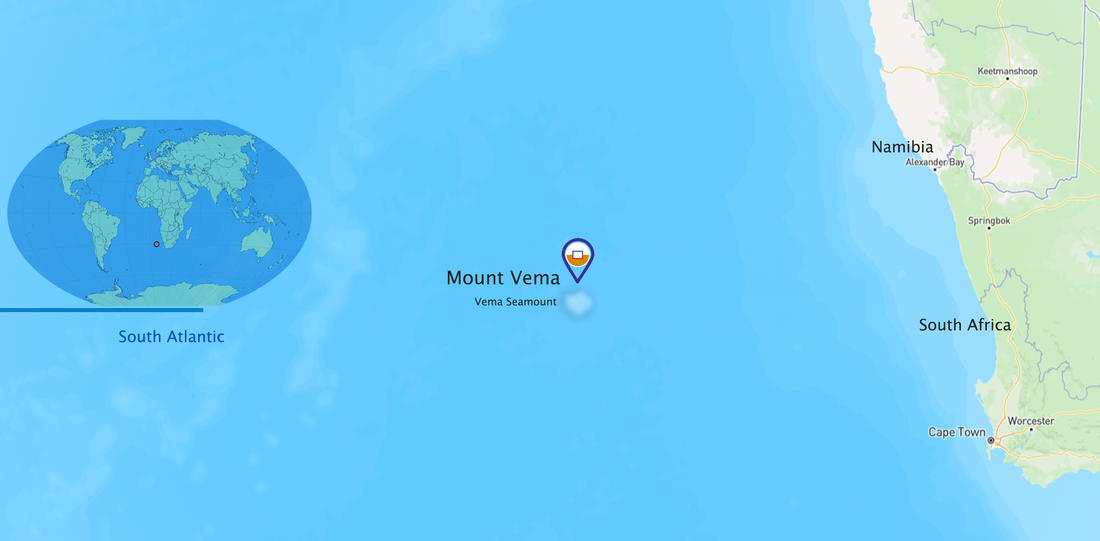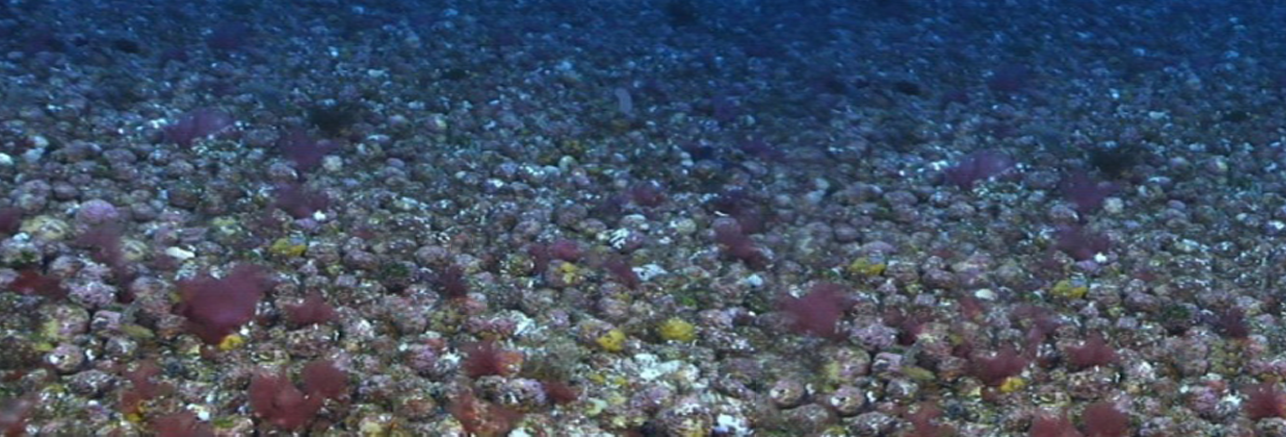Legitimacy of the Kingdom of Mount Vema
There was never any dispute over the legitimacy of the sovereignty of the Vema Seamount Territory. Before 2006 when the territory was declared a sovereign kingdom, Mount Vema - Vema Seamount was never a nation or part of a nation, an empire or part of an empire, nor a trusteeship. It was never claimed by anyone until August 1st 2006, when it became a sovereign territory in its own right.
The Right to Self-Determination
Many believe that because the Kingdom of Mount Vema is not a member of the United Nations, doing business with Mount Vema is not possible for foreign nationals and foreign companies seeking to take advantage of the business opportunities the floating city project is creating. Nothing could be further from the truth. The Vema seamount territory doesn't need to be a member of the United Nations to function as a sovereign territory, nor to exercise its inalienable right for self-determination.
Captain J. K. M a l l o r y - EXPLORATION OF THE “VEMA” SEAMOUNT
“It is unique because it is probably the only seamount known which rises from the deep ocean basin to a level sufficiently near the surface of the sea to allow effective sunlight penetration, and for direct study by scuba divers using normal equipment.” “It must be remembered that this isolated peak rises directly from the abyssal plain yet reaches the zone of light penetration. There is no direct connection with the mainland of Africa 500 miles to the east, nor with the nearest island group of Tristan da Cunha to the south-west, and St. Helena Bay to the north-west, both a thousand-odd miles away. Therefore, the biological exploration of this small area was bound to prove most interesting, fascinating and rewarding".
“It is unique because it is probably the only seamount known which rises from the deep ocean basin to a level sufficiently near the surface of the sea to allow effective sunlight penetration, and for direct study by scuba divers using normal equipment.” “It must be remembered that this isolated peak rises directly from the abyssal plain yet reaches the zone of light penetration. There is no direct connection with the mainland of Africa 500 miles to the east, nor with the nearest island group of Tristan da Cunha to the south-west, and St. Helena Bay to the north-west, both a thousand-odd miles away. Therefore, the biological exploration of this small area was bound to prove most interesting, fascinating and rewarding".
No weapon formed against you shall prosper, And every tongue which rises against you in judgment you shall condemn. This is the heritage of the servants of the LORD, "And their righteousness is from Me," Says the LORD. Isaiah 54:17
MOUNT VEMA
17 YEARS OF ROYAL HISTORY
Home | Contact | News | Banking | Currency | Shopping | Freight | Travel | Jobs | Real Estate | Weather | Search | 912 Emergencies | LOG IN
The Legal Entities of Mount Vema
|
COUNTRY
|
COUNTRY CODE
COUNTRY CODES IN USE Mount Vema Country Code: OV / MOV Mount Vema Numeric Country Code: 507 Currency Code: VSG Top-Level Domain: .com, and .ov (proposed) Proposed Telephone Country Code: +294 |
|
International Treaties – Ratified by the Kingdom of Mount Vema
Law of the Sea Treaty (United Nations Convention on the Law of the Sea) MARPOL 73/78 (Convention for the Prevention of Pollution from Ships) The Vienna Convention on Diplomatic Relations of 1961 The Vienna Convention on Consular Relations 1963 |
State Alert! – Security, Public Safety and Emergencies
YELLOW WARNING official advise to be aware. >>>
AMBER WARNING official advise to be prepared. >>>
RED WARNING official advise to take action as instructed by the emergency services. >>>
AMBER WARNING official advise to be prepared. >>>
RED WARNING official advise to take action as instructed by the emergency services. >>>










